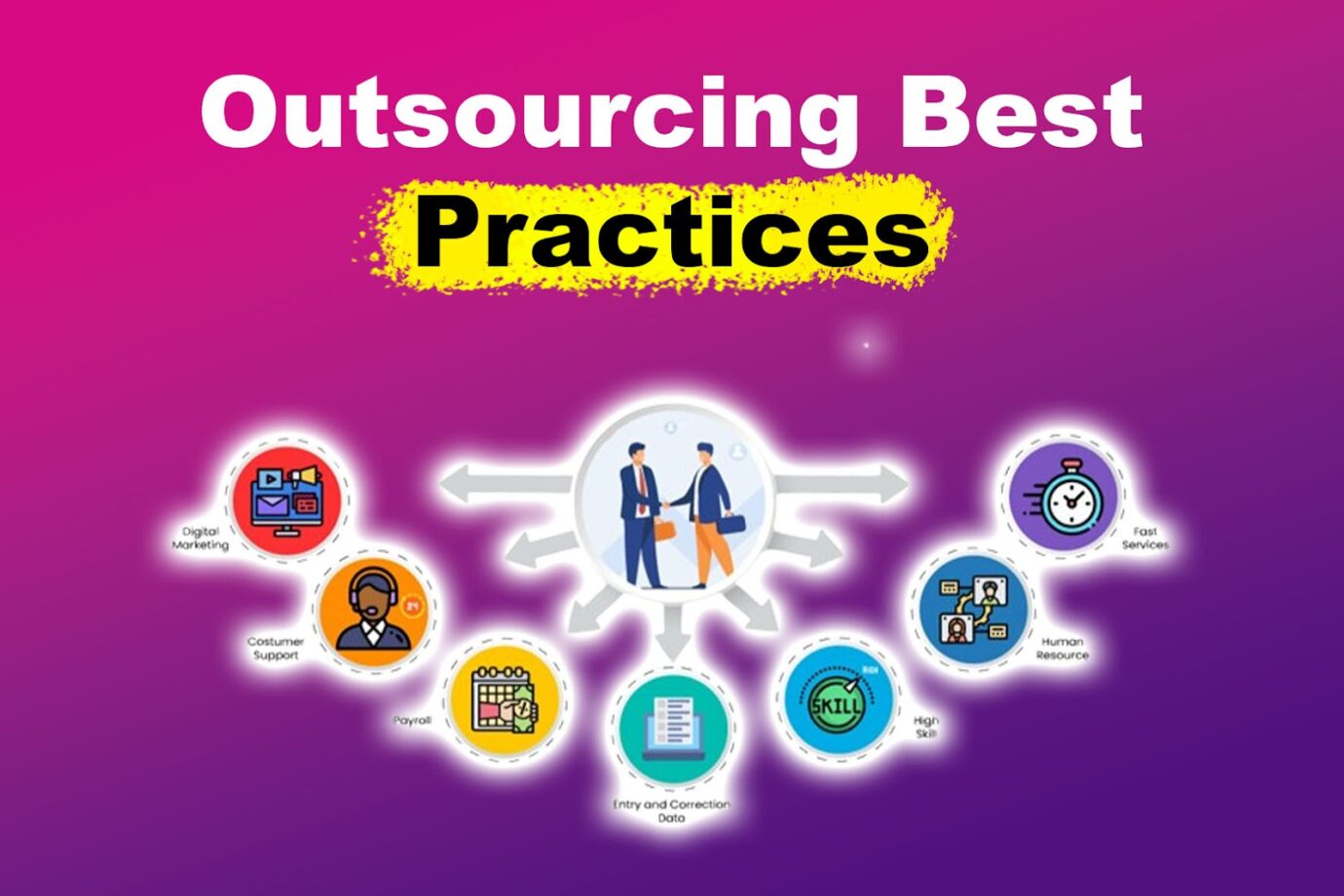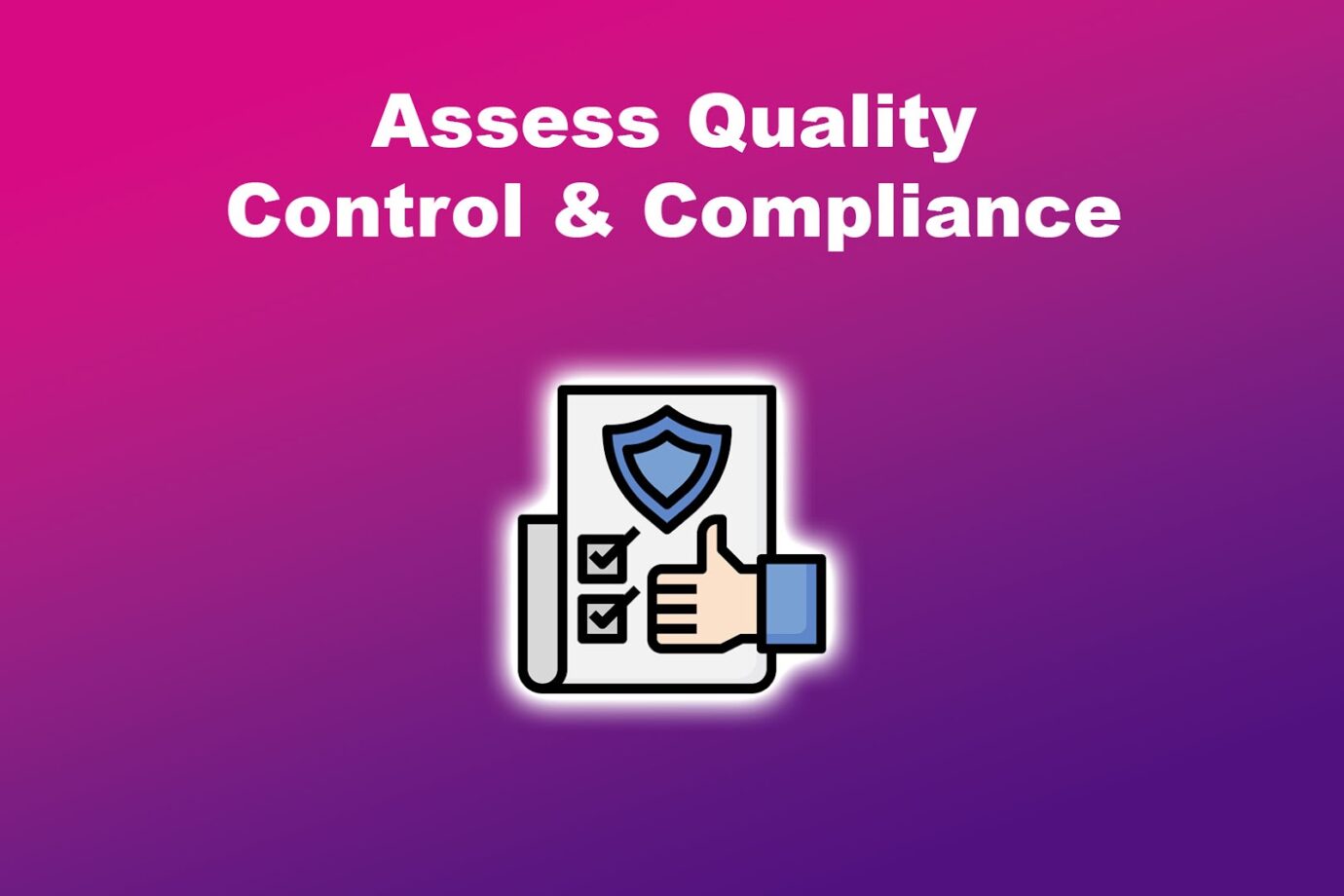Outsourcing can be a great way to save money and get expert help, but it can lead to big problems if done poorly. Without the right knowledge, you might choose the wrong provider, face communication issues, and end up with lower-quality work.

That’s why you should understand the process and manage it well to avoid these pitfalls and make outsourcing successful.
Here, we’ll outline some of the best outsourcing practices you can adapt so you won’t have to worry about failing again.
Why Do Firms Outsource Projects?
Firms outsource project work to cut costs, boost efficiency, access specialists, quickly scale up or down, and free up time to focus on their primary business. Although it’s not easy to make this decision, the benefits of outsourcing drive companies to make it.
A LinkedIn article provides more insight into these benefits.
11 Best Outsourcing Practices
Truth be told, there are tons of best practices out there, but you’ll have to be selective about which ones to apply to your situation. Our advice is to only consider outsourcing tips that are relevant to you.
If you’re planning to outsource a lot of talents, it’s important that you have a global talent management system in place.
Here are some outsourcing best practices for you to try out:
1. Don’t Just Focus on the Price
Some firms think that if they get the lowest price, then they’re saving a lot of money. However, the wiser decision is to go for vendors who offer a good mix of value and quality. And if it’s the highest price, don’t just go for it. It might be the priciest, but it doesn’t mean it’s the best.
2. Build a Strong Relationship With the Outsourcing Company
Are you worried about not having quality resources? If so, you should build a strong relationship with the outsourcing company. This way, you can rest assured that they’ll provide you with the best resources, whether you want to scale down or up.
You can also create a flexible responsibility matrix and straightforward communication and escalation plans.
Here’s a list of the best outsourcing companies so you can get an idea of where to start with.
3. Ensure Security Is a Top Priority

When you outsource projects, you’ll share company data with third parties. So, you should assess and classify your data based on its sensitivity. Create a policy to decide who gets access to what. You can also use privacy-enhancing technologies (PETs) to help keep your data secure.
Planning to outsource software development? Learn about its pros and cons here.
4. Protect Yourself From Risks
Understand and plan for potential risks in outsourcing, especially data security. Know what data your provider needs, how you’ll communicate, and how they’ll use it. Set clear rules and permissions to keep data safe. Become proactive to reduce security issues and manage them if they arise.
One of the risks you can get from outsourcing is the hidden costs it comes with. Luckily, there are effective ways to avoid the hidden costs of outsourcing.
5. Adopt a Reliable Knowledge Management System
Without an optimized knowledge management system (KMS), you’ll have trouble getting outsourcing-related docs like contracts and SLAs, as well as workflows, customer relations, and company operations. Using knowledge-based software as part of your KMS can help you organize and share this info effortlessly.
6. Define Your Goals
Before outsourcing, be clear about why you’re doing it. Whether saving money or boosting a marketing channel, know your goal and how you’ll use the results. It’s not just about offloading work; it’s about growing your business.
7. Set Clear Scope and Schedule
Provide detailed project requirements to get accurate proposals and fair pricing. Be realistic about timelines, as they affect costs. Define what you want to achieve, the expected quality, and the deliverables.
8. Expect Cultural Differences
Outsourcing means working with different cultures. Embrace and bridge these differences by organizing social events, learning about each other’s backgrounds, and participating in quality programs.
Sending a trusted employee to the vendor’s site for a few months can also help smooth things out during the implementation phase.
Planning to outsource your blog writing tasks? These are the steps to do it!
9. Assess Quality Control & Compliance
Make sure your outsourcing partner follows all applicable rules and regulations. You can set up clear quality control steps and do regular audits to keep everything in check.

10. Consider Continuous Feedback
No matter what stage you’re at in your outsourcing project, you should consider getting continuous feedback and assessing the information you gathered. Make sure to get feedback from everyone and handle any conflicts calmly and constructively.
11. Don’t Commit Without Understanding the Outsourcing Firm
According to Forbes, external partners are part of your team. You should meet them, ensure they get your goals, and fit your culture. If problems arise, work together to solve them, not blame each other.
Use outsourcing wisely—not just for cost-cutting—but to build strong, collaborative relationships.
Check out this LinkedIn article for more details on outsourcing best practices.
There’s Not Just One Guide to Outsource Effectively
You will need a specific set of outsourcing best practices for each project since there’s no “one-guide-fits-all” for outsourcing. You might have to improvise occasionally, but you can use our list to formulate the best practices that fit your company.
But if it’s not your area of expertise, you can always hire an advisor to create your best plan.